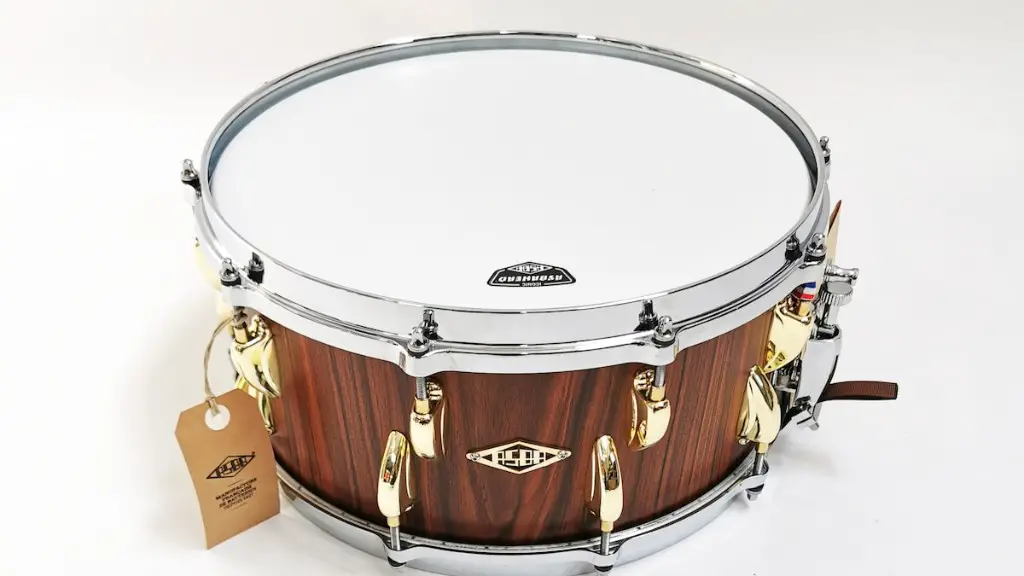Changing strings on an electric guitar is a fairly simple task and can be done in less than 10 minutes with minimal tools. It’s important to change your strings on a regular basis to ensure that your guitar stays in tune and sounds its best.
In this guide, we’ll walk you through the steps necessary to remove your old strings, clean the fretboard, install new strings, and get back to playing – all while keeping your guitar in top condition. Let’s get started!
Once you have the right tools, it’s time to begin:
Step 1: Unstring Your Guitar
Gently unclamp each string from its tuning peg at the headstock of the guitar, then unwind it from the bridge post or tailpiece. Be sure to keep track of which string was in which peg or post.
Now you’re ready to start fresh with some new strings!
Changing Fender Electric Guitar Strings
Changing strings on a Fender electric guitar is a simple process. Make sure to have the correct string gauge for your guitar before beginning. Loosen the old strings by turning the tuning pegs counterclockwise. Remove them and discard them. Cut off the new strings at the desired length, leaving a few extra inches to wrap around the tuning pegs. When wrapping the strings around the pegs, make sure they are evenly and securely wound around each peg. Be sure not to overtighten them as this will make it difficult to tune your guitar. Finally, tune your new strings and you’re ready to rock!
Remember, when changing electric guitar strings, it’s important to use the right gauge of string for your instrument and to ensure that they are properly wound onto their respective tuning pegs. Doing so will ensure that you get optimal sound quality from your instrument every time you play!
Pre-stretching New Strings
Changing strings on your Fender electric guitar is an easy process, and pre-stretching them can help keep them in tune longer. Pre-stretching new strings helps to reduce the amount of slack in the string while tuning up and can also reduce the amount of time it takes to get into tune. To pre-stretch your strings, start by loosening each string until it is just slack enough to adjust. Then, grab the string at the 12th fret with one hand and pull on it firmly with your other hand.
Repeat this process for each string several times until you feel that there is no more give when you pull on it. It’s important not to over-stretch your strings as this can cause them to break or go out of tune quickly. Once you’ve pre-stretched all of your strings, you’re ready to re-tune your guitar and enjoy playing with its newly installed strings.
How to Change Fender Electric Guitar Strings
Replacing the strings on your favorite Fender electric guitar is a relatively simple process. You’ll need a few tools, including a wire cutter and bridge pins. Begin by removing the strings from the guitar, starting with the high E string first and working your way down. Loosen each string until it can be pulled from the bridge pin hole and then carefully remove it from its tuning post. Now you’re ready to install your new strings. Start by threading one end of each string through the back of its corresponding tuning post. Next, use your wire cutter to cut off any excess length of string sticking out of the peg head. Finally, press each bridge pin into place in its corresponding bridge pin hole while pulling on the corresponding string to lock it into place.
Your Fender electric guitar is now ready to play with its fresh set of strings! When changing strings be sure to tune them up after each string is installed and remember that different guitars require different gauges and tensions for optimal performance and tone. A little effort goes a long way when it comes to keeping your instrument in top playing condition.
Tuning the New Strings
Changing strings on a Fender electric guitar is a relatively simple task. Start by loosening the strings at the tuning pegs until they are all slack. Once they’re loose, you can remove them one by one. Make sure to keep track of the order they were in, as this will help when you go to put the new strings back on.
When it’s time to put the new strings on, start with the thinnest string and work your way up to the thickest. Remember to leave some slack in each string as you wrap it around its respective tuning peg so that it can be properly tuned later on. Wind each string multiple times around its peg before moving onto the next one.
Finally, once all of your strings have been put back on, begin tuning them one at a time until they are all in tune with each other. An electronic tuner can be helpful for this process. With patience and careful attention, you can have your Fender electric guitar playing great again in no time!
How to Change Fender Electric Guitar Strings
Changing strings on an electric guitar is a relatively simple process. It’s important to use the proper tools, such as a string winder, wire cutters, and a guitar tuner. First, remove the strings from the guitar by unwinding them from the tuning pegs and cutting them with the wire cutters. Once all of the strings have been removed, discard them and begin installing new strings.
Start with the lowest string, which is typically an E string and insert it through the bridge of the guitar. Then wind it around the tuning peg several times and make sure that each wrap is secure and snug against each other. Then tune it using your guitar tuner until it reaches its desired pitch. Repeat this process for each string until all six strings are installed.
Once all of the strings are installed, use a string winder to make sure they are secure and at proper tension. This will ensure that when you play your guitar it will sound clean and clear. Finally, tune your guitar using your tuner one last time to make sure all of your strings are in tune with each other and you’re ready to start playing!
Storing Extra String Length
Changing the strings on an electric guitar can be a daunting task, but with the proper tools and instructions, it can be easily done. Before you begin, make sure to measure the amount of extra string that needs to be stored for future use. To do this, lay the new string over the bridge and frets of the guitar and measure from the bridge to where it wraps around the tuning peg. This number should correspond to what’s written on the packaging of your new strings.
Once you have this measurement, add an extra inch or two of string before cutting off any excess. This will allow you to store a few inches of extra string in case you break or lose one in the future. When cutting off excess string, use wire cutters that are specifically designed for cutting guitar strings; regular scissors will not work. Make sure to carefully remove any sharp edges that could potentially damage you or your instrument.
The End
Changing electric guitar strings is a straightforward process that takes only a few minutes. You’ll need to get the right strings for your guitar and use the correct tools to make sure you don’t damage anything in the process. Start by loosening the tuning peg and removing each string, one at a time. Once removed, clean off any dirt and grime from the pegs and bridge, and then insert each new string into its corresponding peg or bridge. Finally, use a tuner for precision tuning before you start playing. With practice, you’ll be able to change strings in no time!





